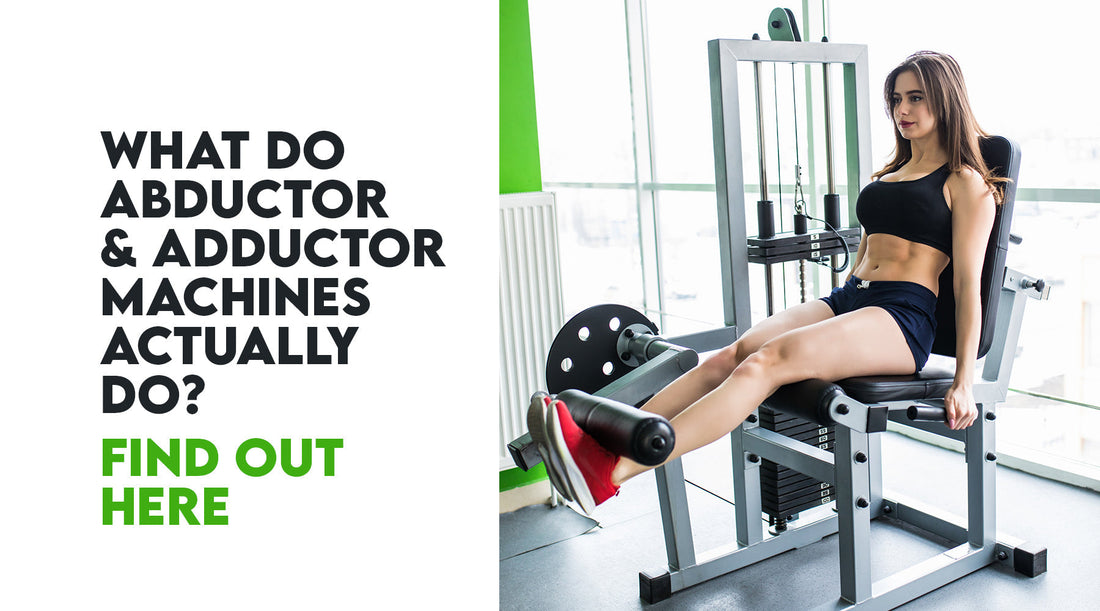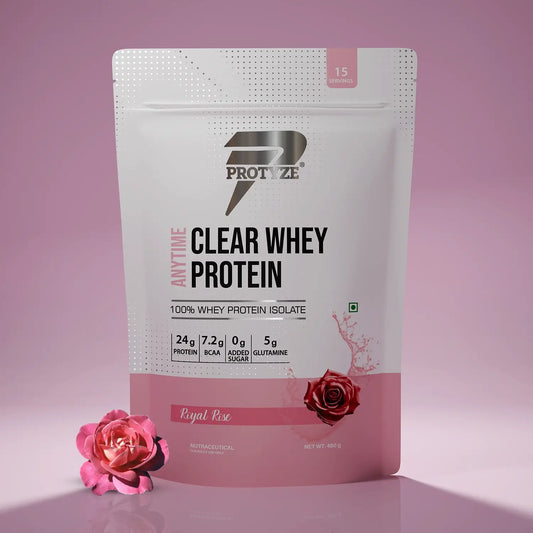If you’ve ever wandered through a gym, you’ve likely spotted the abductor and adductor machines—those seated contraptions where you push your legs outward or pull them inward against resistance. Often associated with leg day or rehab routines, these machines target specific muscles in your hips and thighs, but what do they actually do? Are they worth your time for strength, performance, or aesthetics?
In this blog, we’ll break down the mechanics, benefits, and practical uses of abductor and adductor machines, backed by science, to help you decide how they fit into your workout.
What Are Abductor and Adductor Machines?
The abductor and adductor machines are gym equipment designed to isolate muscles in the hips and inner/outer thighs through controlled movements:
- Abductor Machine: You sit and push your legs outward against resistance, working the muscles that move your legs away from your body’s midline (abduction).
- Adductor Machine: You sit and pull your legs inward against resistance, targeting the muscles that bring your legs toward your body’s midline (adduction).
Both are typically plate-loaded or cable-based, with adjustable seats and pads to secure your legs. They’re popular in gyms for their simplicity and ability to target smaller, often undertrained muscles.
Muscles Targeted by Each Machine
Understanding the muscles worked is key to grasping what these machines do. Here’s the breakdown:
Abductor Machine (Outer Thigh/Hip)
-
Primary Muscles:
- Gluteus Medius: Stabilizes the pelvis during walking or running, aids in hip abduction.
- Gluteus Minimus: Supports glute medius in abduction and stabilization.
- Tensor Fasciae Latae (TFL): Assists in hip abduction and stabilizes the knee via the IT band.
- Secondary Muscles: Piriformis, obturator externus (smaller hip rotators).
- Function: Strengthens muscles responsible for moving your legs outward, stabilizing your hips, and preventing knee collapse during dynamic movements like squats or running (Journal of Orthopaedic & Sports Physical Therapy, 2017).
Adductor Machine (Inner Thigh)
-
Primary Muscles:
- Adductor Longus, Brevis, Magnus: Pull legs inward, stabilize the pelvis, and assist in hip flexion/extension.
- Gracilis: Aids in adduction and knee flexion.
- Pectineus: Supports adduction and hip flexion.
- Secondary Muscles: Obturator internus, hamstrings (minor role).
- Function: Strengthens muscles that bring legs together, improve pelvic stability, and enhance movements like cutting in sports or climbing stairs (Journal of Sports Sciences, 2016).
What Do These Machines Actually Do?
The abductor and adductor machines serve specific purposes, impacting strength, performance, and aesthetics. Here’s what they do, grounded in science:
1. Strengthen Hip and Thigh Muscles
- Abductors: Build glute medius and minimus, crucial for hip stability and lateral movements. Strong abductors reduce injury risk by 15-20% in runners by preventing knee valgus (inward collapse), per Clinical Biomechanics (2018).
- Adductors: Strengthen inner thighs, supporting explosive actions like sprinting or soccer kicks. They contribute to 10-15% of force in lateral cutting movements (Journal of Strength and Conditioning Research, 2019).
- Use Case: Ideal for isolating these muscles, especially if they’re weak from quad/glute-dominant lifts like squats.
2. Improve Athletic Performance
- Both machines enhance hip stability, which boosts power transfer in sports (e.g., sprinting, hockey) and lifts (e.g., deadlifts).
- Abductors stabilize single-leg movements (e.g., lunges), while adductors aid in quick directional changes.
- Studies show stronger hip muscles improve sprint speed by 5-8% in athletes (Journal of Sports Sciences, 2017).
3. Enhance Injury Prevention and Rehab
- Weak abductors or adductors lead to imbalances, increasing risk of hip, knee, or lower back injuries.
- Abductor strength reduces IT band syndrome and patellofemoral pain by stabilizing the pelvis (Physical Therapy in Sport, 2016).
- Adductor training lowers groin strain risk by 20-25% in sports like soccer (British Journal of Sports Medicine, 2015).
- Often used in rehab to restore balance post-injury.
4. Support Aesthetic Goals
- Abductor machines sculpt the outer hips, adding width to your physique for a balanced look.
- Adductor machines tone the inner thighs, reducing “jiggle” and enhancing leg definition.
- While not primary mass builders, they refine smaller muscles for a polished aesthetic.
5. Improve Functional Movement
- Everyday tasks like walking, climbing, or lateral stepping rely on abductors and adductors.
- Stronger hip muscles enhance stability during dynamic activities.
Benefits of Abductor and Adductor Machines
- Isolation: Target hard-to-hit muscles (glute medius, adductors) that compound lifts like squats may undertrain.
- Beginner-Friendly: Simple setup and controlled motion make them accessible, unlike complex free-weight moves.
- Versatile Resistance: Adjust weights for strength (4-8 reps, 70-85% 1RM) or endurance/toning (12-15 reps, 60-70% 1RM).
- Low Joint Stress: Seated design reduces strain on knees or back, ideal for rehab or older lifters.
- Balanced Development: Strengthen both sides of the hips, preventing imbalances.
How to Use Abductor and Adductor Machines: Technique Guide
Proper form maximizes benefits and prevents strain. Here’s how to use each machine effectively.
Abductor Machine (Outer Thigh)
- Setup: Sit with hips aligned, back against the seat, and outer thighs against pads. Adjust the machine so legs start close together.
- Position: Keep feet flat, core braced, and spine neutral. Hold handles for stability.
- Movement: Push legs outward against resistance until fully abducted, squeezing glute medius at the peak.
- Return: Slowly return to the starting position (2-3 seconds) to maintain tension.
- Reps/Sets: Do 3-4 sets x 10-15 reps for hypertrophy or 8-12 for strength. Rest 60 seconds.
Adductor Machine (Inner Thigh)
- Setup: Sit with hips aligned, back against the seat, and inner thighs against pads. Adjust so legs start wide apart.
- Position: Keep feet flat, core braced, and spine neutral. Hold handles for stability.
- Movement: Pull legs inward until they nearly touch, squeezing inner thighs at the peak.
- Return: Slowly open legs (2-3 seconds) to maintain tension.
- Reps/Sets: Do 3-4 sets x 10-15 reps for hypertrophy or 8-12 for strength. Rest 60 seconds.
Technique Tips
- Controlled Tempo: Use a 2-1-2 tempo (2s out/in, 1s hold, 2s return) for time under tension.
- Mind-Muscle Connection: Focus on the glutes (abductor) or inner thighs (adductor) contracting.
- Neutral Spine: Avoid slouching or leaning forward to protect your back.
- Moderate Weight: Start with 50-60% 1RM to ensure full range and control.
- Breathing: Exhale on exertion (pushing/pulling), inhale on return.
Common Mistakes to Avoid
Avoid these errors to maximize effectiveness:
-
Using Too Much Weight: Heavy loads lead to jerky movements, reducing muscle activation.
- Fix: Use a weight for 10-15 clean reps.
-
Leaning Forward: Slouching shifts work to the back.
- Fix: Keep spine neutral, chest up.
-
Fast Reps: Rushing skips tension.
- Fix: Slow eccentric phase (2-3s).
-
Incomplete Range: Partial reps cut activation.
- Fix: Fully abduct/adduct for max muscle work.
-
Neglecting Warm-Ups: Cold hips risk strains.
- Fix: Do dynamic stretches (e.g., leg swings) for 5 minutes.
Sample Workout with Abductor and Adductor Machines
Incorporate these machines into a lower-body or hip-focused routine:
- Barbell Hip Thrust: 4 sets x 8-10 reps (70% 1RM, 90s rest)
- Abductor Machine: 3 sets x 12-15 reps (60s rest)
- Adductor Machine: 3 sets x 12-15 reps (60s rest)
- Romanian Deadlift: 3 sets x 10-12 reps (60s rest)
- Banded Clamshell: 3 sets x 15 reps per side (60s rest)
Total: 16 sets, within the 10-20 set hypertrophy range. Train hips/legs 1-2 times weekly, with 48-72 hours recovery.
Are These Machines Worth Your Time?
When to Use Them
- Weak Hips/Imbalances: If squats or lunges leave your glutes or inner thighs undertrained, these machines isolate those areas.
- Injury Rehab: Low-impact design suits post-injury recovery, as in adductor strain protocols (British Journal of Sports Medicine, 2015).
- Aesthetic Goals: They refine outer/inner thighs for a polished look.
- Beginners: Easy to learn, great for building hip strength before free weights.
When to Skip Them
- Advanced Lifters: Compound lifts (e.g., squats, deadlifts) may suffice for glute/hip strength.
- Time Constraints: If short on time, prioritize multi-joint moves over isolation.
- Functional Focus: Free-weight exercises (e.g., lunges) mimic real-world movements better.
Verdict
Abductor and adductor machines are valuable for isolating hips/thighs, preventing injuries, and enhancing aesthetics, but they’re not essential if you’re already hitting these muscles with compounds. Use them as accessories 1-2 times weekly.
Nutrition for Hip and Thigh Gains
Fueling muscle growth is key:
- Protein: Target 0.8-1g per pound of bodyweight daily (e.g., 160g for 200 lbs). Post-workout, Protyze Nitro Clear Whey (30g protein, 3g creatine) aids repair when mixed with water (not milk).
- Calories: Aim for a 300-500 kcal surplus for growth. A 200-lb person might need 3,000-3,500 kcal daily.
- Carbs: Consume 2-4g per pound (e.g., rice, sweet potatoes) for energy.
- Timing: Eat 20-30g protein and 40-60g carbs 1-2 hours pre-workout (e.g., chicken and rice), and a Protyze shake within 30 minutes post-workout.
Protyze Nitro Clear Whey, is perfect for recovery. Its 99% lactose-free formula (Mango Delight, Orange Delight, Pink Guava) delivers refreshing protein, and the 3g creatine boosts strength for hip-focused lifts.
Recovery and Supplementation
Hip muscles need recovery:
- Sleep: 7-9 hours nightly for growth hormone release (Journal of Applied Physiology, 2015).
- Stretching: Stretch hips (e.g., figure-four stretch) to reduce soreness.
- Foam Rolling: Roll glutes and thighs post-workout for better blood flow.
-
Supplements: Beyond Protyze (30g protein), consider:
- Creatine: 5g daily (plus Protyze’s 3g) for strength (Journal of the International Society of Sports Nutrition, 2017).
- BCAAs: 5-10g intra-workout to reduce fatigue.
Conclusion
Abductor and adductor machines strengthen your hips and thighs, boosting stability, performance, and aesthetics while preventing injuries. They isolate glute medius and inner thigh muscles, complementing compound lifts like hip thrusts. Use proper form, moderate weights, and a controlled tempo for max results. Fuel your gains with Protyze Nitro Clear Whey (30g protein, water only) for recovery and creatine to power your workouts. Ready to level up your hip strength? Add these machines to your routine, grab Protyze, and share your progress in the comments!
TL;DR
Abductor machines target glute medius for hip stability and outer thigh tone; adductor machines strengthen inner thighs for power and balance. Do 3-4 sets x 10-15 reps, use a 2-1-2 tempo, and avoid heavy weights or poor form. Train hips 1-2 times weekly, fuel with Protyze Nitro Clear Whey (30g protein, water only), and aim for a 300-500 kcal surplus.





